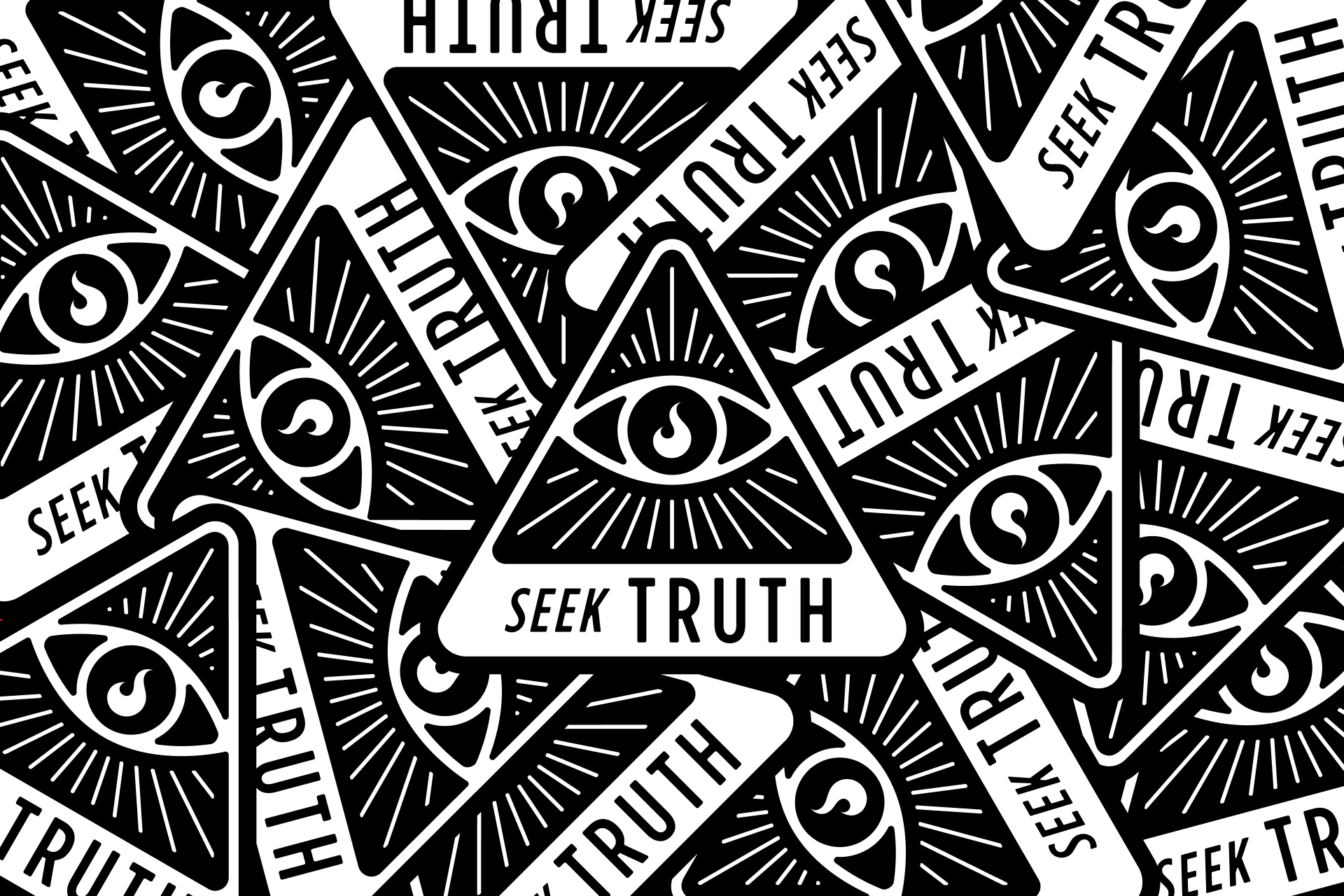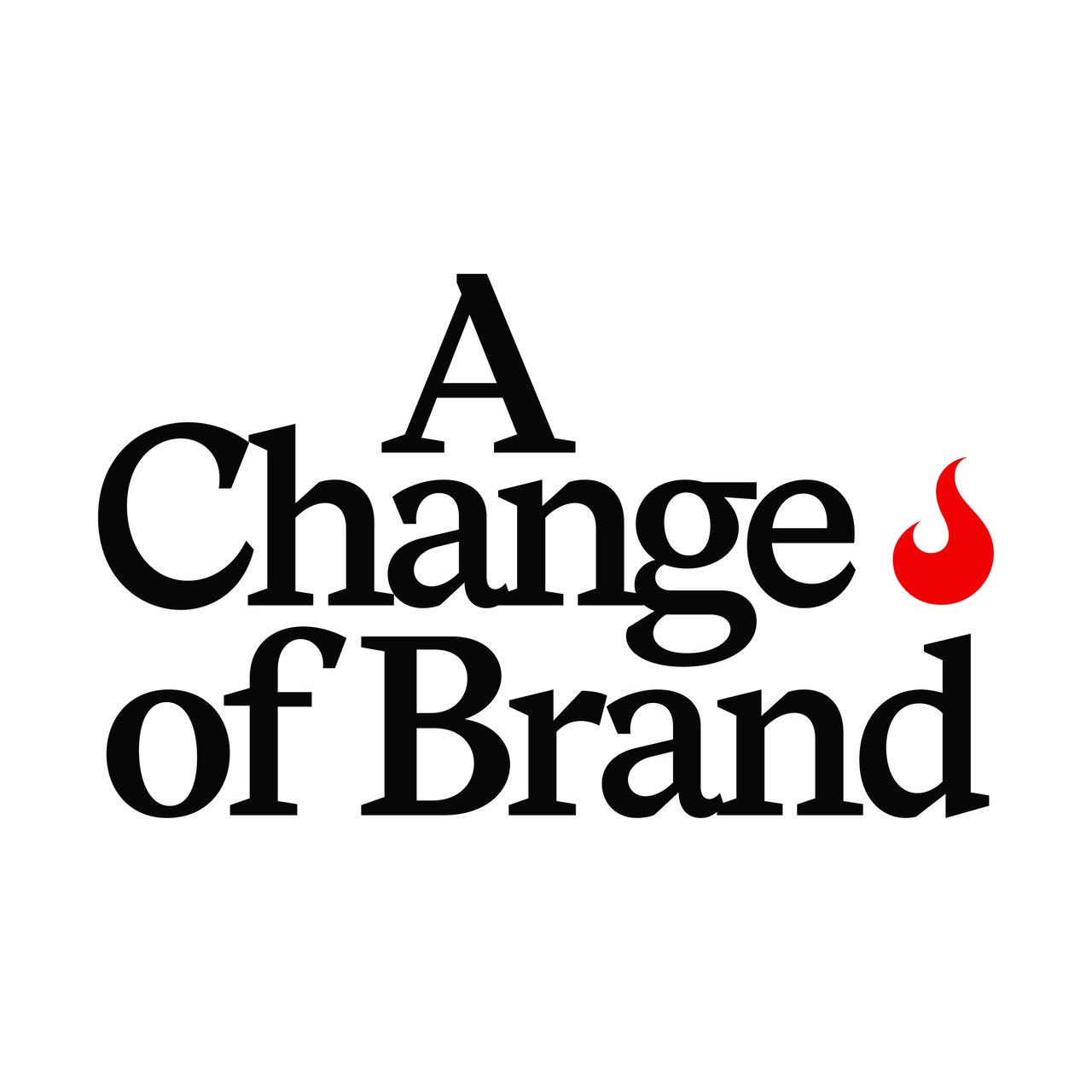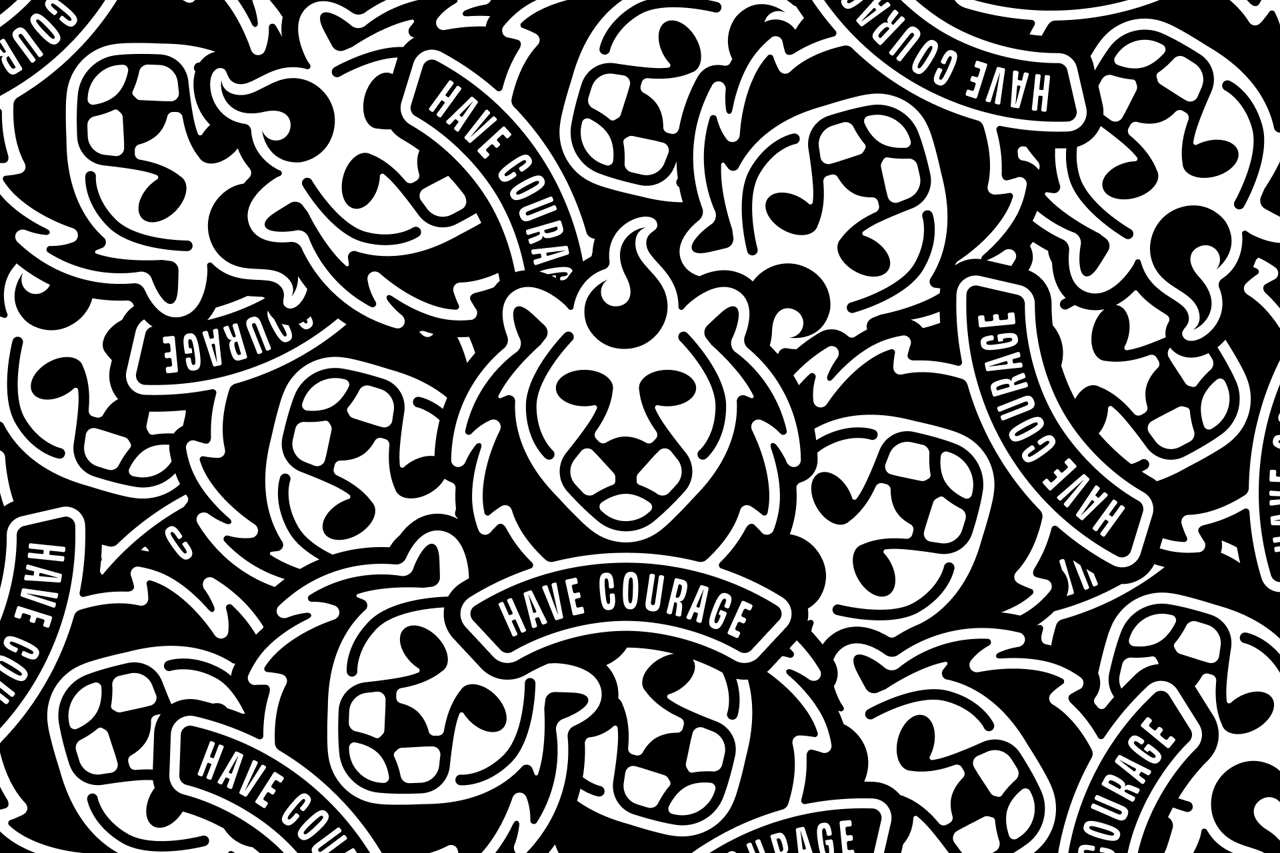
“Truth” certainly seems more subjective than ever. However, after 20 years of leading clients through rebrands, I’ve found it to be one of the few things to stand the test of time.
The trick is knowing what the truth is. It’s rarely just data, singular, or universal. It’s more complicated than that. Truth requires a process. It can mean identifying the real problem to solve, using strategy to inform the work, or knowing when and how to incorporate others into the creative process.
And the truth is even if you know the facts, you still might need to learn how to use them to get the best results.
Truth identifies a problem to solve
Branding needs to solve a problem. A new name or identity for the same ole’ business solves nothing.
Consider Paul Rand, aka the Michael Jordan of logos. Famous for creating iconic identities for brands like IBM, UPS, Yale, and Westinghouse. Those brand identities are iconic because they use graphic shapes in new ways to solve specific problems.
That was Rand’s strength—simple graphic answers to complex problems. Truth offers a clear case for change that helps leaders make better decisions and empowers stakeholders to accept and defend possible ideas.
Case in point: Paul Rand also created the brand identity for Enron—but no one celebrates that. It wasn’t true to Enron’s problems, which, frankly, weren’t a branding problem.
Truth informs the process
Many consider research inherently truthful, but it’s only part of the equation. For truth to be part of the decision-making process, research must be strategic, open-minded, and willing to ask hard questions.
Is the problem tangible, or is it just water cooler talk? Does a brand’s issues impact the intended audience, or does it only live like an urban legend through Slack?
I’ve worked on many projects where internal beliefs about the brand had become doctrine but were unfounded and not true for outsiders. To find the truth, brands need to first—holistically— understand where they are strong and where they can improve. Do they have existing equity? Are they attracting the right people? Are they aligned internally on what the brand stands for?
Discovering if your brand is helping or hurting is why we created the radically relevant assessment.
Because the truth is usable, it empowers our brand strategy to become an objective truth for creative decision-making. What’s the right look and feel? What is the right approach to color? What’s the right tone of voice? Which logo idea tells the right story? Strategy points us in the right direction.
Truth helps you navigate feedback
There’s a widespread belief in rebranding that more feedback is better. More sharing. More tests. More opinions.
The truth is you have to protect the process. Gathering input from every employee is great for getting internal buy-in, but gathering feedback every step of the way will cause more harm than good.
If you have an inclusive or tight-knit culture, get input on the front end of a brand process. Then, use those insights to fuel your strategy and help frame objectives. Opening the floodgates of feedback later in the process will cause delays and indecision.
Good stakeholder management allows socializing for feedback—not decision-making. The only thing everyone should decide on is where to go for lunch, not what the future of the brand should be.
In the rebranding process, everyone has a role. Some provide perspective, some feedback, and a select few make decisions. They’re the ones with the hard job of identifying what’s radical or relevant in the flurry of opinions. Good brand strategy, built on truths, is the only way they can do it.
One thing we’ve learned in the last 20 years is to never let the strategy disappear. Always present findings, feedback, concepts, and solutions with the truth there to guide it. That means filtering and highlighting what really matters.
Be generous in what you send out but strategic about what you take in.
Truth doesn’t work without trust
Rebranding is scary. It takes courage. People can make poor decisions and lose millions in equity and inefficiencies. Without strategy built on truths, poor decisions are not just possible—they’re more likely. That’s why we ask our clients to trust us.
Trust that truth is possible in the rebranding process.






